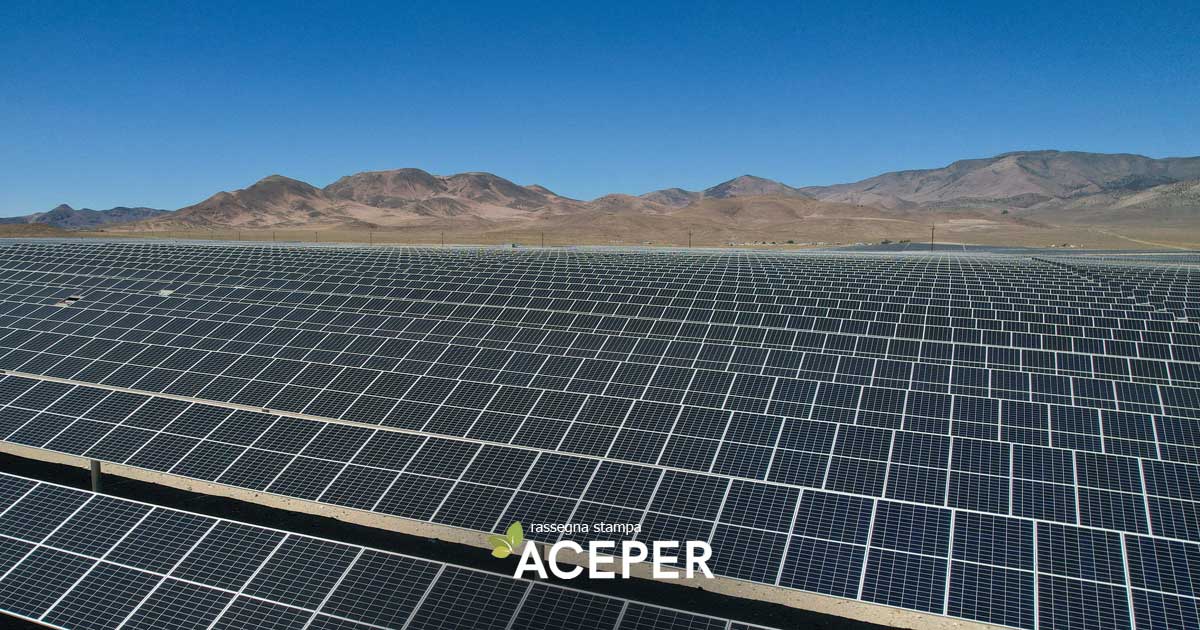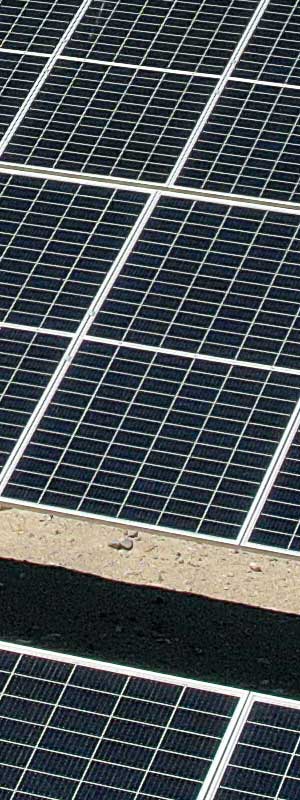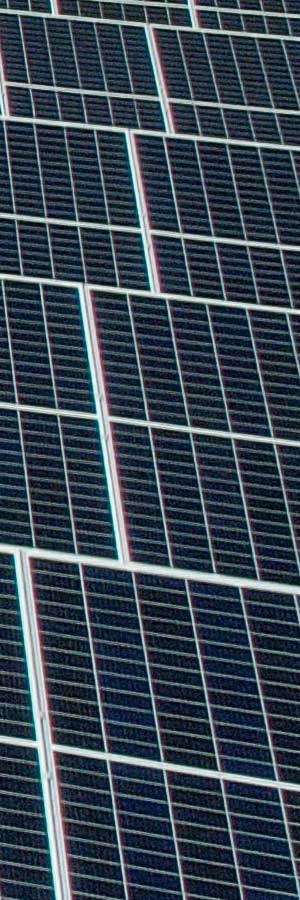30 March 2023

This is confirmed by a study from Aceper (Association of Consumers and Producers of Renewable Energy), which brings together 10,000 renewable energy production plants, equivalent to over 7,000 members, with a total installed capacity exceeding 2 GWp.
The study was conducted on a sample of 5,236 photovoltaic plants distributed across 17 regions. A region’s “virtuousness” is assessed based on the ratio between actual photovoltaic production and expected photovoltaic production. Expected production is estimated using the official measurement tool Pvgis (Photovoltaic Geographical Information System), which calculates the actual production of the plant, including projections for future years, considering variables such as installation location, month of interest, tilt, and orientation.
Aceper’s ranking places the Aosta Valley at the top as the most virtuous region, with 960,391 kWh produced and an expected production, according to Pvgis, of 1,011,502 kWh, resulting in a ratio of 95% between actual and expected production. Emilia-Romagna follows in second place, with 37,939,525 kWh produced and 43,840,630 kWh expected (ratio of 87%), preceding Piedmont, which is third with 139,917,414 kWh produced and 162,741,031 kWh expected (ratio of 86%), though Piedmont ranks first for total kWh produced by photovoltaics. Three regions follow with an 85% ratio: Abruzzo, with 20,100,052 kWh produced and 23,625,127 kWh expected; Liguria, with 5,187,522 kWh produced and 6,108,499 kWh expected; and Lombardy, which is second in photovoltaic production with 66,305,239 kWh produced and 78,089,977 kWh expected. Veneto comes next, with 49,221,066 kWh produced and 58,691,563 kWh expected (ratio of 84%), making it the third Italian region in terms of production.
The Marche region, with 20,328,123 kWh produced and 24,622,400 kWh expected (ratio of 83%), precedes Tuscany, with 5,830,869 kWh produced and 7,263,032 kWh expected (ratio of 80%). Molise, with 1,589,155 kWh produced and 2,000,284 kWh expected, and Apulia, with 18,459,422 kWh produced and 23,406,458 kWh expected, both have a ratio of 79%, while Umbria, with 21,396,944 kWh produced and 27,506,185 kWh expected, has a ratio of 78%. Sicily follows (2,325,953 kWh produced, 3,144,591 kWh expected, and a ratio of 74%), Lazio (16,105,440 kWh produced, 22,635,310 kWh expected, and a ratio of 71%), Campania (13,893,494 kWh produced, 19,822,080 kWh expected, and a ratio of 70%), Sardinia (49,792 kWh produced, 71,369 kWh expected, and a ratio of 70%), and Basilicata, which closes the ranking with 4,171,443 kWh produced, 6,836,095 kWh expected, and a ratio of 61%.
“This research also considers the average ratio of production among Aceper members between actual kWh produced and expected kWh according to Pvgis, which stands at a more than satisfactory 79% for plants maintained and revamped by us at Aceper,” specifies Veronica Pitea, President of Aceper, and adds: “However, the national average is around 65% productivity, which is a significant concern for Aceper. This is why we are requesting a meeting with the government as soon as possible to understand how to raise national production to at least 85%. We need to focus on how to increase the power and productivity of our plants,” concludes Pitea, “not on how to save by reducing consumption.
See here the article from Regione Autonoma Valle D’Aosta dated 10/11/2022
“Source: Sito ufficiale della Regione Autonoma Valle d’Aosta”

Press review
For information


